Giovanni Battista Tiepolo
1696-1770 Italy/Rococo
Click an Image to Enlarge
Neptune

Seated Man

Europe
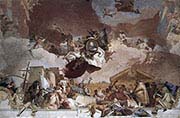
Saint James

A Woman

America
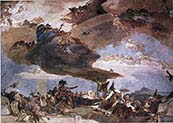
Abraham Praying

Judgement-

Banquet of Cleopatra

The Planets-

Jacob's Dream

Annunciation

Apollo and Daphne

Apollo and Marsyas
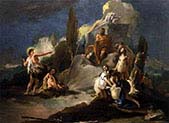
Apotheosis of Spain
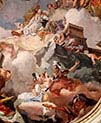
Carrying the Cross

Death of Hyacinth

Education-

Meeting of Rebecca

Horse Hunter

Patrick

Queen Zenobia-

Phaethon and Apollo

Rachel Hiding-

Rinaldo and Armida

Portrait of Daniele-

Temptations-
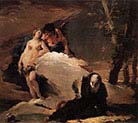
The Angel Succouring
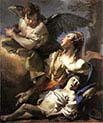
The Martyrdom

Rape
of Europa
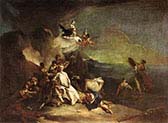
The Martyrdom

The Sacrifice
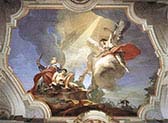
Virgin Appearing

immaculate-

a Parrot

triumph of virtue
